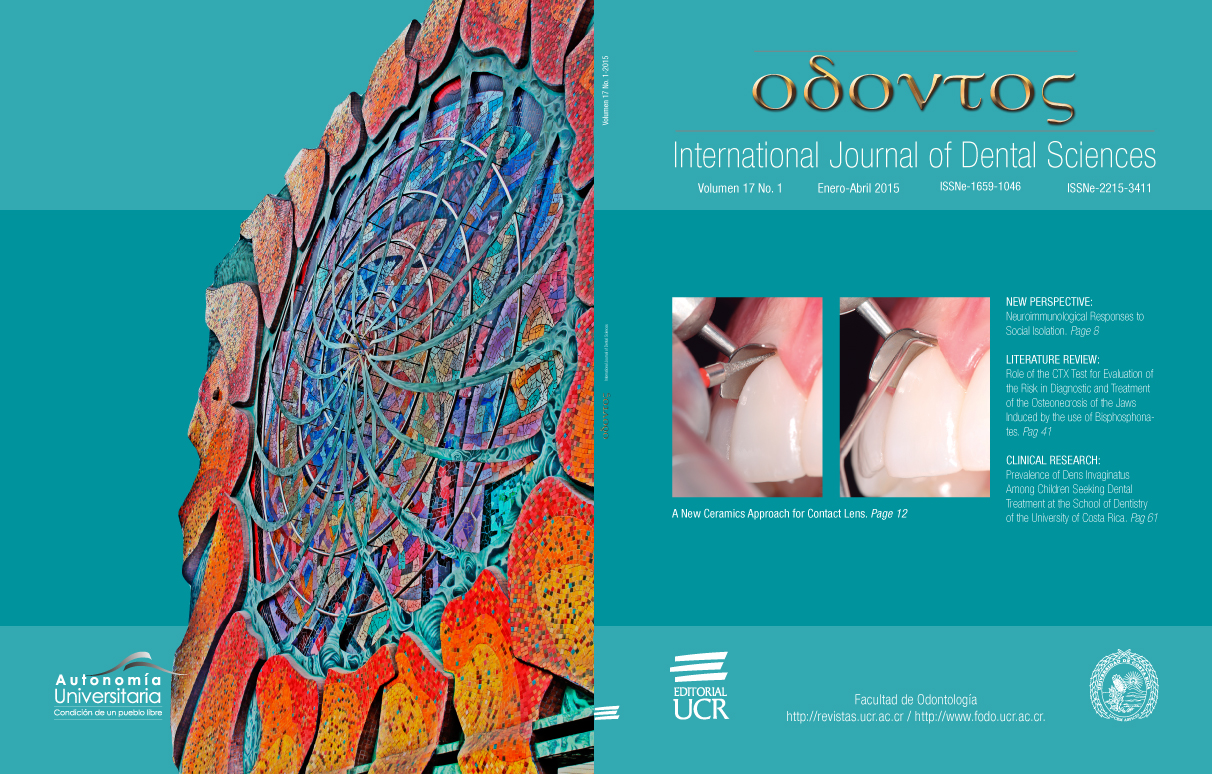Abstract
Objective social isolation and perceived social isolation are psychosocial stressors that may impair the normal functioning of the neuroimmune system. Chronic activation of the neuro-immuno-endocrine communication and the consequent loss of homeostasis may lead to the appearance of pathologies and associated mood disorders. For example, alterations in the hypothalamic-pituitary- adrenal axis and sympathetic nervous system dynamics may account for the observed predisposition to inflammatory diseases following chronic social stress. Therefore, it is necessary to further study the underlying mechanisms in social isolation in order to prevent its deleterious effects on health. The objective of this New Perspective article is to supplement the understanding of the neuroimmunological responses to social isolation and provide a basis for future research in this topic.
References
Butler TR, Ariwodola OJ, Weiner JL. The impact of social isolation on HPA axis function, anxiety-like behaviors, and ethanol drinking. Front Integr Neurosci (2014) 7:102.
Cole SW, Hawkley LC, Arevalo JM, Sung CY, Rose RM, Cacioppo JT. Social regulation of gene expression in human leukocytes. Genome Biol (2007) 8:R189.
Cruces J, Venero C, Pereda-Pérez I, De la Fuente M A. higher anxiety state in old rats after social isolation is associated to an impairment of the immune response. J Neuroimmunol (2014) 277(1-2): 18-25.
Friedler B, Crapser J, McCullough L. One is the deadliest number: The detrimental effects of social isolation on cerebrovascular diseases and cognition. Acta Neuropathol (2015) (4):493-509.
Glaser R, Robles TF, Sheridan J, Malarkey WB, Kiecolt-Glaser JK. Mild depressive symptoms are associated with amplified and prolonged inflammatory responses after influenza virus vaccination in older adults. Arch Gen Psychiatry (2003) 60(10):1009-14.
Kiecolt-Glaser JK, Speicher CE, Holliday JE, Glaser R. Stress and the transformation of lymphocytes by Epstein-Barr virus. J Behav Med 1984) (1):1-12.
Koo JW, Duman RS. IL-1beta is an essential mediator of the antineurogenicn and anhedonic effects of stress. Proc Natl Acad Sci USA (2008) 105:751-756.
Loucks EB, Sullivan LM, D’Agostino RBS, Larson MG, Berkman LF, Benjamin EJ. Social networks and inflammatory markers in the Framingham Heart Study. J Biosoc Sci (2006) 38:835–842.
Maier SF. Bi-directional immune-brain communication: Implications for understanding stress, pain, and cognition. Brain Behav Immun (2003) 17(2):69-85.
Monje ML, Toda H, Palmer TD. Inflammatory blockade restores adult hippocampal neurogenesis. Science (2003) 302:1760-1765.
Ramirez K, Niraula A, Sheridan JF. GABAergic modulation with classical benzodiazepines prevent stress-induced neuro-immune dysregulation and behavioral alterations. Brain Behav Immun doi: 10.1016/j.bbi.2015.08.011. [Epub ahead of print].
Serra M, Pisu MG, Floris I, Biggio G. Social isolation induced changes in the hypothalamic–pituitary–adrenal axis in the rat. Stress (2005) 8:259–264.
Victor CR, Bowling A, Bond J, Scambler S. Loneliness, social isolation and living alone in later life. (2003) ESRC Growing Older Programme, Sheffield.
Wohleb ES, McKim DB, Sheridan JF, Godbout JP. Monocyte trafficking to the brain with stress and inflammation: a novel axis of immune-to-brain communication that influences mood and behavior. Front Neurosci (2015) 21;8:447.


